Blue tea, a beverage that has captured the curiosity of tea enthusiasts and health-conscious consumers alike, is a relatively recent addition to the global tea landscape. Often shrouded in ambiguity due to its name and unique characteristics, blue tea is not a traditional tea in the way green, black, or oolong teas are understood. Instead, it represents a category of herbal infusions or tisanes derived from specific plants, flowers, or botanicals that impart a distinct blue hue to the liquid. This article delves into the origins, composition, cultural significance, and health benefits of blue tea, shedding light on why it has become a sought-after drink in modern wellness culture.
What Is Blue Tea?
The term “blue tea” is an umbrella description for beverages made from ingredients that release blue pigments when steeped in hot water. The most common source is the Clitoria ternatea plant, also known as the butterfly pea flower, native to Southeast Asia. This vibrant blue flower has been used for centuries in traditional medicine, culinary practices, and cultural rituals. When dried and brewed, the petals release a deep azure color, transforming water into a visually striking drink.
Another variant of blue tea comes from the Gymnosperma glutinosum plant, found in parts of Mexico and Central America, which produces a similar indigo-toned infusion. Additionally, some blended teas incorporate natural food colorings like spirulina or gardenia extract to achieve a blue tint, though these are less common. Regardless of the source, blue tea is caffeine-free, making it an appealing alternative to conventional teas for those sensitive to stimulants.
Historical and Cultural Roots
The use of blue tea dates back to ancient civilizations in Southeast Asia, where the butterfly pea flower held symbolic and practical importance. In Thai culture, it was traditionally used to dye rice for ceremonial dishes, while in Ayurvedic medicine, it was believed to enhance memory and alleviate stress. The flower’s vivid color also made it a natural dye for textiles and a decorative element in religious ceremonies.
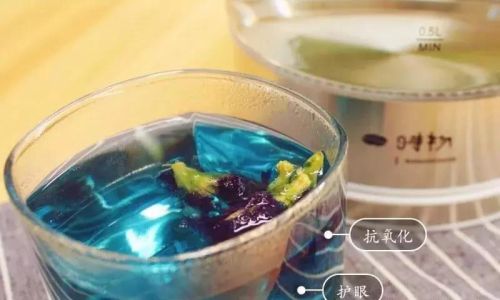
In Malaysia and Indonesia, blue tea was consumed as a cooling beverage during hot climates, often sweetened with honey or mixed with lemon to create a pH-sensitive color change. The addition of citrus turns the blue liquid into a bright purple or pink shade, a phenomenon that has recently gone viral on social media platforms like TikTok and Instagram.
Scientific Composition and Health Benefits
The blue hue of butterfly pea flower tea is attributed to anthocyanins, a class of antioxidants responsible for the red, purple, and blue pigments in plants. These compounds are known for their anti-inflammatory and neuroprotective properties. Studies suggest that anthocyanins may reduce the risk of chronic diseases such as heart disease, diabetes, and certain cancers by combating oxidative stress in the body.
Butterfly pea flower tea is also rich in flavonoids, which support brain health and cognitive function. Traditional practitioners have long touted its ability to improve focus and reduce anxiety, a claim partially supported by modern research indicating its potential to boost acetylcholine levels in the brain—a neurotransmitter critical for memory and learning.
Additionally, blue tea contains proanthocyanidins, which contribute to its astringent taste and may aid in digestion by promoting the production of stomach acids. Some animal studies have hinted at its anti-diabetic properties, though human trials are still needed to confirm these effects.
Culinary Applications and Modern Trends
Blue tea’s rise to global prominence can be attributed to its visual appeal and versatility. In upscale cafes and wellness-focused restaurants, it is served as a standalone beverage, often garnished with lemon slices or edible flowers to highlight its color-changing properties. Mixologists have also embraced it as a cocktail ingredient, pairing it with gin, vodka, or sparkling wine to create striking layered drinks.
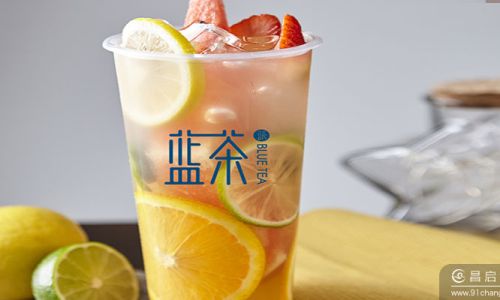
Food bloggers and influencers have popularized “galaxy drinks” and “unicorn lattes,” which use blue tea as a base for creating swirling, otherworldly hues. The beverage’s adaptability extends to desserts, where it is used to tint cakes, macarons, and ice creams. In Thailand, blue tea is a key component of nam dok anchan, a sweetened iced tea served with lemon and honey, while in Vietnam, it is blended with coconut milk to make a creamy, caffeine-free alternative to traditional milk tea.
The Science Behind the Color Change
One of the most fascinating aspects of blue tea is its pH-sensitive nature. When brewed, the anthocyanins in the butterfly pea flower remain stable at neutral pH levels, resulting in the characteristic blue color. However, adding an acidic ingredient like lemon juice, lime, or hibiscus lowers the pH, causing the anthocyanins to undergo a structural change. This alters the way they absorb and reflect light, shifting the hue from electric blue to shades of purple, pink, or even magenta, depending on the acidity.
Conversely, adding a base like baking soda raises the pH, turning the tea a deep green or yellow. This dynamic color transformation has made blue tea a favorite for educational demonstrations in chemistry classes and a trendy tool for food artists seeking to create visually captivating dishes.
Sustainability and Ethical Sourcing
As demand for blue tea grows, concerns about sustainable sourcing have emerged. The butterfly pea flower is primarily cultivated in small-scale farms in Thailand, Vietnam, and India, where it is often grown alongside other crops in agroforestry systems. However, increased commercialization could lead to monoculture farming practices, which deplete soil nutrients and harm biodiversity.
Consumers are advised to seek out organic or fair-trade certified blue tea to ensure ethical labor practices and environmental stewardship. Some companies have begun partnering with local cooperatives to promote regenerative agriculture, ensuring that the cultivation of butterfly pea flowers supports both ecological balance and rural livelihoods.
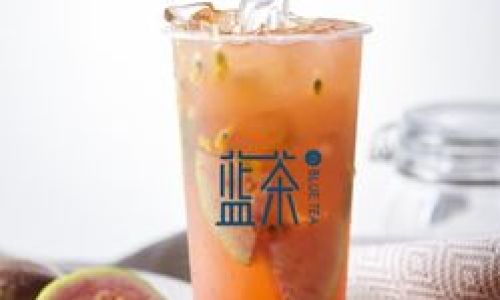
Blue Tea vs. Traditional Teas: Key Differences
Unlike black, green, or oolong teas, which are derived from the Camellia sinensis plant, blue tea is an herbal infusion. This means it lacks caffeine and the tannins that give traditional teas their astringent bite. While traditional teas undergo oxidation or fermentation processes that alter their flavor and chemical composition, blue tea is typically dried and brewed without additional processing, preserving its natural compounds.
Nutritionally, blue tea is lower in polyphenols compared to green tea but compensates with higher concentrations of specific anthocyanins. Its taste profile is mildly earthy with floral undertones, making it a subtle backdrop for blending with other herbs, spices, or sweeteners.
How to Brew and Enjoy Blue Tea at Home
Brewing blue tea is a straightforward process that requires minimal equipment. Here’s a simple guide to preparing a classic cup:
-
Ingredients:
- 1 teaspoon dried butterfly pea flowers (or 1 blue tea bag)
- 1 cup hot water (80–85°C / 176–185°F)
- Optional additions: honey, lemon, mint, or ginger
-
Instructions:
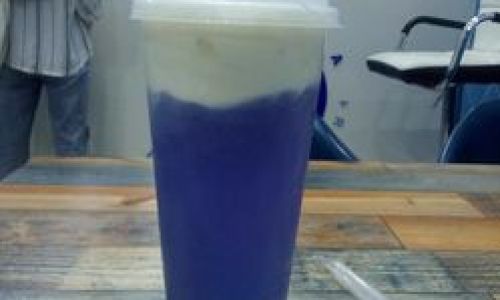
- Boil water and let it cool slightly to avoid scorching the delicate flowers.
- Steep the flowers in hot water for 5–7 minutes. Longer steeping times intensify the color and flavor.
- Strain the liquid into a cup. For a color-changing effect, add a squeeze of lemon or lime and watch the transformation.
- Sweeten to taste or serve over ice for a refreshing twist.
For a more elaborate drink, experiment with blending blue tea with green tea, chamomile, or hibiscus. The possibilities are endless, allowing for customization based on flavor preferences or dietary needs.
Potential Side Effects and Precautions
While blue tea is generally safe for most people, excessive consumption may cause mild side effects. The high anthocyanin content could interact with certain medications, such as blood thinners or diabetes drugs, so individuals on prescription regimens should consult a healthcare provider before incorporating it into their diet.
Pregnant or breastfeeding women are also advised to consume it in moderation, as there is limited research on its effects during these periods. As with any herbal product, allergies are possible; discontinue use if symptoms like itching, swelling, or difficulty breathing occur.
The Future of Blue Tea in Global Markets
The growing interest in functional beverages and exotic flavors positions blue tea as a strong contender in the $200 billion global tea industry. Brands are capitalizing on its Instagrammable qualities and wellness claims, marketing it as a “superfood tea” with mood-boosting and anti-aging properties.
However, maintaining authenticity in a crowded market will be critical. Small-batch producers and direct-to-consumer brands are likely to thrive by emphasizing transparency in sourcing and minimal processing. Meanwhile, larger corporations may face challenges in scaling production without compromising quality or cultural integrity.
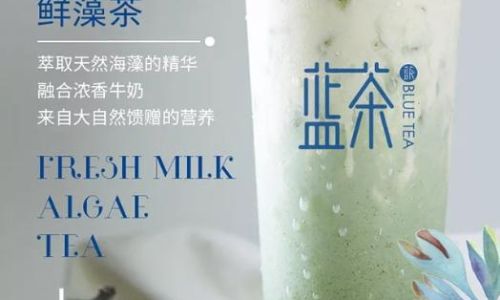
Conclusion
Blue tea is more than just a visually arresting drink—it is a testament to the intersection of tradition and innovation. Rooted in centuries-old practices, it has emerged as a symbol of modern wellness culture, offering a caffeine-free alternative with potential health benefits and culinary versatility. Whether sipped for its calming effects, experimental appeal, or cultural significance, blue tea invites consumers to explore beyond the familiar boundaries of tea-drinking.
As awareness grows, so does the opportunity to appreciate this unique brew in all its forms—from a simple cup of herbal infusion to a star ingredient in avant-garde mixology. The journey of blue tea, from ancient rituals to global trend, underscores the enduring power of nature’s palette to captivate, heal, and inspire.
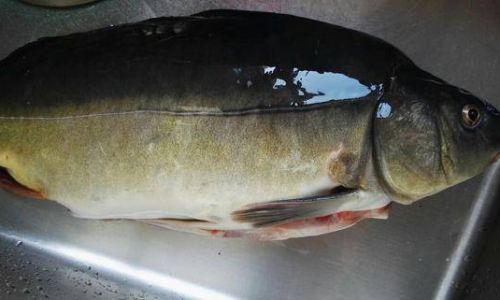
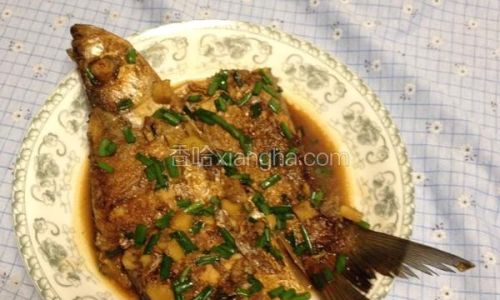
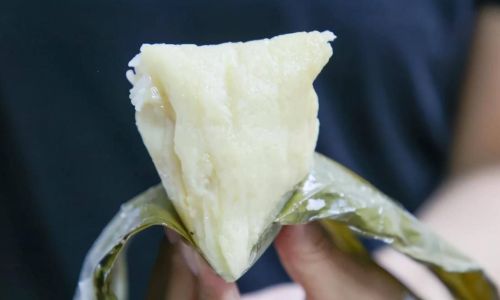
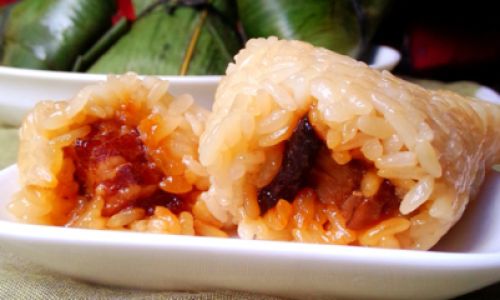
0 comments